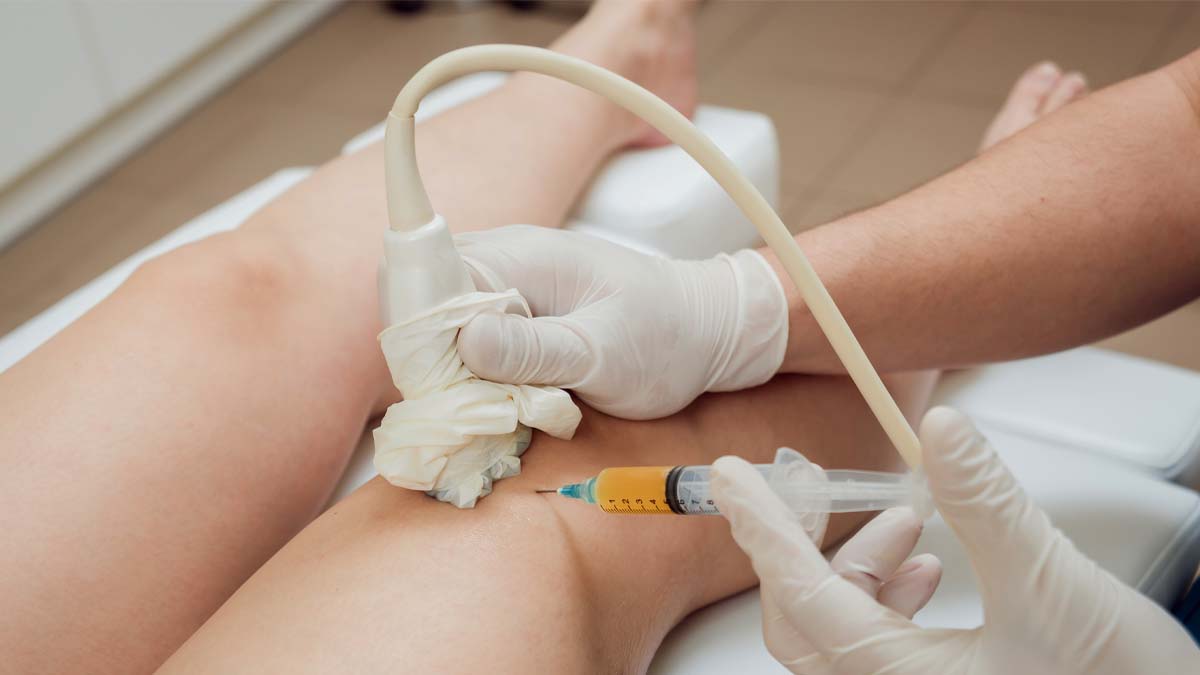The human body is remarkable and has a tremendous capacity to heal itself. Regenerative medicine, an emerging and evolving field, applies that concept to treating patients to, as local experts explain, heal and repair rather than cover up the symptoms of disease and injury.
Dr. Justin Garzone, DO, FACP, FACOI, FHM, with the regenerative medicine franchise QC Kinetix, explained that the goal of regenerative medicine is to “use your body’s natural biological properties — which are in your blood stream, or bone marrow in some cases — to restore and heal damaged tissues in your body and decrease inflammation in a natural way” without side effects, steroids, surgery or downtime.
“You come in, you get treated, you carry on your day,” he stated.
Tylar Brannon, CEO of Optimal Bio, a bioidentical hormone replacement therapy (BHRT) center with eight offices throughout the South, including one in Mount Pleasant, said regenerative medicine entails “getting your body back to functioning the way it’s supposed to.”
“Our bodies are incredible. But with so many environmental factors and the way that we live these days, it’s just really hard for our bodies to work properly. From environmental toxins, different stressors.”
Optimal Bio, which specializes in BHRT, strives to help their patients age gracefully through BHRT treatment, an all-natural substance which is the exact same molecule your body produces.
“So it knows how to metabolize it, unlike a synthetic. And hormones are the foundation of your health, and a lot of people don’t realize that,” remarked Brannon. “So we believe you know, the core of regenerative is your hormones right, because you can do so many things but if your hormones are not balanced, you’re missing a key piece of it.”
At QC Kinetix, which has clinics in Mount Pleasant and Summerville, their products can be used to treat degenerative joint diseases (shoulders, back, knees) inflammatory conditions (golfer’s or tennis elbow, carpal tunnel syndrome, plantar fasciitis) or tissue that’s been damaged (torn meniscus, torn labrum, partial Achilles tendon or bicep tears).
Regenerative treatments can include PRP (platelet rich plasma), alpha-2-macroglobulin (a protein found naturally in our blood) and bone marrow aspirate concentrate (BMAC). Additionally they utilize class IV lasers, “which improve blood flow and decrease inflammation,” noted Garzone.
The bioidentical hormones Optimal Bio uses are pellets smaller than a grain of rice that are dosed to your bloodwork. They are inserted into the hip/buttocks area, and they go directly into your bloodstream like your hormones, so your body knows when to use them. “Just like the hormones you’re producing,” commented Brannon. “So there’s not going to be any peaks and valleys. But specifically with the pellets, it also acts as that preventative care as well.”
Brannon considers physical activities such as strength training and walking a part of regenerative medicine. Spending time in nature is also restorative. Eating whole, healthy foods plays a significant role, too. While not traditional medical treatments, it’s still relevant, she asserted. “Because that’s what’s helping build your cells, helping build muscle, helping clear out inflammation. People don’t realize, inflammation is the root cause of so many diseases.”
Brannon firmly believes that most conditions or injuries can benefit from regenerative medicine treatments. There are times when you will need surgery, but that is generally a last resort.
“So I think we’re missing a huge part of that in our modern health care. It’s always a Band-Aid effect. But how can we treat the root cause, and hopefully prevent things from happening. Or if you do get sick, your body is in a healthier spot to heal from. Prevention is key.”
Brannon added that everyday symptoms individuals experience such as brain fog, fatigue, anxiety and depression that are typically treated with pharmaceuticals, can be treated with regenerative medicine. When deciding on treatments, Brannon advised, “You have to remember, you are your own advocate — you know your body best. And there are usually more options and solutions.”
Pros and cons
Garzone, who personally benefited from regenerative medicine before entering the field, emphasized that the treatments can be a great alternative if you want to avoid surgery, or if you are on medications and they aren’t alleviating your pain or if you prefer to eschew opioids altogether. “We don’t prescribe any pain meds at all, period,” he asserted. Additionally, there are no side effects.
The biggest downside is that it doesn’t work for everybody, acknowledged Garzone. While their patient satisfaction rate is 92%, there are “non-responders” that it doesn’t help. “If this works for you great. Your pain’s better or gone. And if doesn’t work for you, there is value in knowing that you tried this. You tried everything. You have no other option. You have to do surgery.”
Both Garzone and Brannon noted that cost is another drawback because insurance doesn’t cover regenerative medicine. It also takes patience. “Regenerative medicine is not: you’re going to take a pill and feel good tomorrow,” elaborated Garzone. “This process takes months, but some start to notice a benefit even before they complete treatment. Everybody’s different.”
Regenerative medicine is an emerging field — Garzone noted that it doesn’t fit into a specialty and there is no board of regenerative medicine — but for those who might have reservations, Brannon encouraged people to educate themselves, conduct research and “do what’s best for you and make your own decisions.”
Garzone said he would encourage any skeptics to meet with one of their medical providers. They offer a free consultation that covers risks and benefits and determines if you are a candidate for regenerative medicine treatment. “We want people to learn about this and see if it’s the right fit for them without having to spend a penny.”
He added, “So it’s a good model because there was a hole — there was a vacuum for this in the United States. There was a need for this.”
By Colin McCandless







